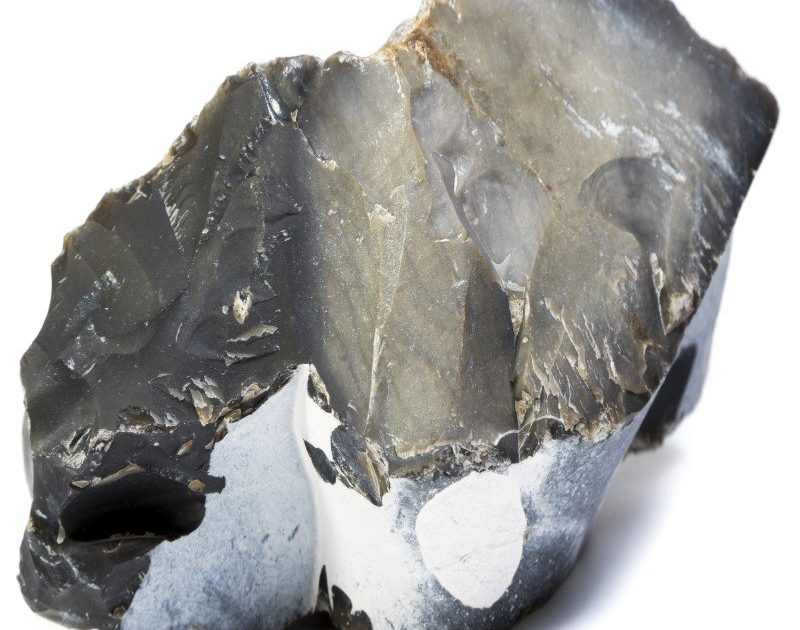
THE OBSIDIAN – THE GLASS OF NATURE IN THE LAND OF MILOS
Obsidian is a rock originating from volcanic regions of young geological age. It is produced when felsic lava extruded from a volcano cools rapidly with minimal crystal growth and it is commonly found within the margins of rhyolitic lava flows known as obsidian flows.
Externally, ιt is a dark stone that is considered as a natural glass, and because of its durability it was already used since the end of the Paleolithic Period, to make knives and blades.

In Greece, it was used both in the Bronze Age and in the Stone Age for the manufacture of tools and weapons, but nowadays it can be easily used for aesthetic reasons due to the special glass cut that it can present.
There are two different versions regarding the origin of the name of Obsidian:
According to Pliny, it took its name from a Roman named Obsidius, who first discovered the rock in Ethiopia. Others say it got its name from the Greek word “sight” (pronounced as “opsi”) because of his ability to mirror the idols of the objects.

Obsidian was a holy stone in many ancient civilizations and has been used as a symbol of power. The Mayan priests used it as a magic stone to predict the future, but even today, it is considered an object of good luck that takes away the negative energy and offers well-being.
Obsidian sources in the eastern Mediterranean are scarce and are found only on the Aegean islands, of Milos, Antiparos, and Nisyros, however the quality of the obsidian of Milos is considered more special due to the unique hardness of this rock in the area of the island.
Milos Cove has been built in the area were the Aegean civilization has started 10,000 BC. In the plot of the Milos Cove has been found the work shop of the Obsidians tools.